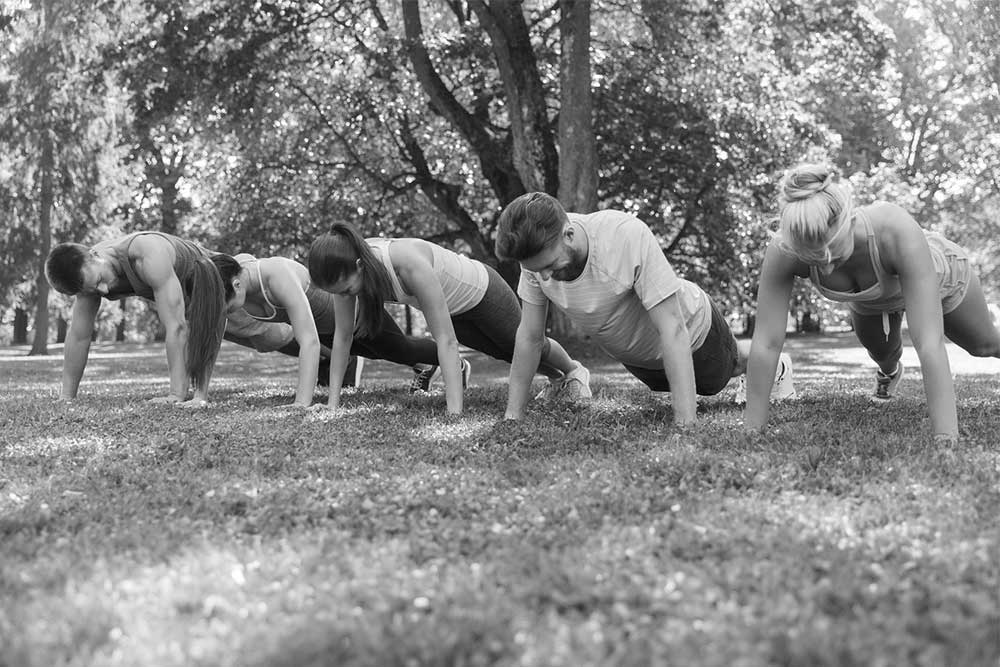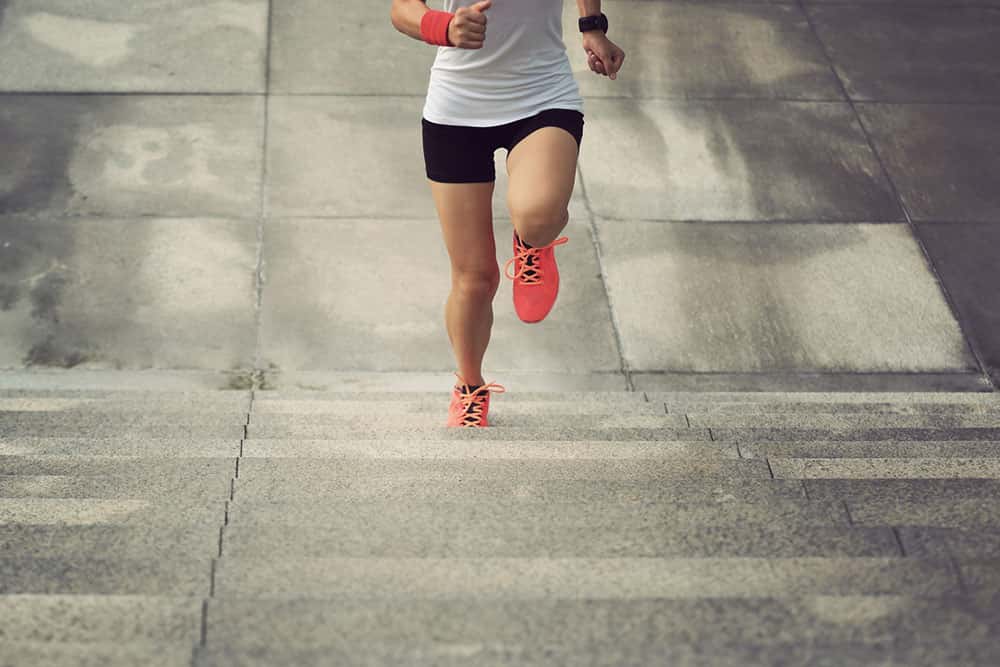Combat Heart Problems and Diabetes with HIIT

Evan Stevens
Exercise can be used to treat (if not cure) type 2 diabetes mellitus. We know from past studies that endurance exercise can increase insulin sensitivity up to three times it normally is in a diabetic person, as well, strength training seems to improve insulin sensitivity (to a lesser extent mind you). However, if you stop for as little as five days we lose all the benefits we have gained and we are back to square one.
Related Article: Reduce Healthcare Costs with Exercise
Reducing Risk
This can be a challenging if not outright daunting proposition to people who want to use exercise to help control their diabetes – exercise is time consuming and if we stop for even a little bit (we go on vacation or get injured or life just gets in the way) we lose everything we’ve worked for; it can seem like a waste to some, especially these at risk populations.
We might be able to use HIIT as a means of lessening the stress of extended exercise. HIIT can be used to achieve many of the benefits of MICT in 25% or less of the time. The researchers found that an acute HIIT bout could decrease plasma glucose and deplete glycogen reserves (thus showing improved insulin sensitivity) by an average of 27% across all type 2 diabetes patients, and brought their insulin sensitivity parameters back down to baseline.
What the researchers found as the mechanism was that intense training increased the cycling of glycogen better than any other forms of exercise (MICT or resistance training). The increased usage of glycogen and the demand to store more means that the insulin sensitivity is brought back up and glucose is used preferentially, something not seen in untreated type 2 diabetes.
Related Article: 90 Seconds A Day of HIIT Might Be All You Need

Take away
Type 2 diabetes can be controlled with bouts of intense exercise. HIIT increases the cycling of glycogen (improving insulin sensitivity) better than either MICT or resistance training in less than a quarter of the time it would take to otherwise perform the activity.
The final talk in the session discussed the usage of HIIT in people with heart problems (namely, is it a viable strategy). We’ve seen that HIIT increases heart rate greater than moderate exercise (puts more strain on the heart) which could potentially be dangerous for people with heart problems (or recent transplant recipients). However, a recent meta-analysis showed that there was little difference in heart strain between MICT and HIIT; peak heart rate was similar between the two which may be why no difference in cardiac event occurrence was seen.
Why exercise is important for heart patients is because it promotes not only greater blood flow, but also increases the drive for the body to create new blood vessels, which can bypass old and damaged vessels. We know HIIT takes less time and can be just as safe as MICT, so it should stand to reason that patients would gravitate more towards HIIT would it not? In reality there is a huge disconnect between what doctors prescribe as optimal heart rate output and what patients actually work at when in recovery. As well, the lasting perception that HIIT may be more dangerous than MICT that could be acting as a mental block preventing some patients from attempting to use HIIT.
Related Article: Get in the Zone: Heart Rate Monitoring
Going Further
Exercise is an excellent way to help heal people who have had heart issues or surgery to improve blood flow and promote the growth of new blood vessels. HIIT is proven to be just as safe as MICT and has many advantages over MICT because of the short duration but still is not used by patients because it is perceived to be dangerous. Tracking of heart rate output in patients should be used to ensure that patients are working at optimal output to improve recovery.
You Might Like:
















